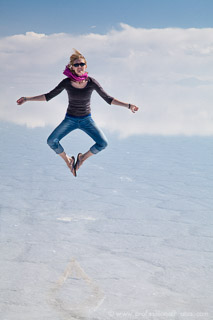 In any guidebook describing the highlights of a visit to Bolivia, you will find mention of the Salar de Uyuni – and with good reason. Every traveler we met that had passed through the area raved about the beauty of the landscape. As a result, a trip to the Salar was high on our list of Bolivian must-sees. Therefore, from the small town of Uyuni, we booked a 3 day-2 night jeep tour.
In any guidebook describing the highlights of a visit to Bolivia, you will find mention of the Salar de Uyuni – and with good reason. Every traveler we met that had passed through the area raved about the beauty of the landscape. As a result, a trip to the Salar was high on our list of Bolivian must-sees. Therefore, from the small town of Uyuni, we booked a 3 day-2 night jeep tour.
The Salar de Uyuni and surrounding landscape are the dried remains of what once was the floor of a large sea. When the Andes rose from the Earth’s crust, they trapped the seawater inland creating a giant salt lake. The lake then evaporated away leaving behind the Salar de Uyuni. This salt plain covers 4,086 square miles (10,582 square km) making it the largest in the world.
During the dry season, geometric patterns in the salt stretch for as far as the eye can see. In the rainy season, the plain is transformed into a huge, shallow, reflective lake. Due to the reflections, it can be somewhat difficult to discern the horizon line and as a result, one can have the impression of walking through the sky atop big white fluffy clouds.

When looking at pictures of the Salar, it is common to see perspective-type photos of people (like the ones pictured below). Though in reality these photos can be taken absolutely anywhere, the unchanging landscape and lack of reference points for scale makes the illusion particularly effective here.
From the Salar, we traveled south towards the Edwardo Avaroa Andean Fauna National Reserve. Along the way, we passed countless llama, vicunas, a fox, an ostrich and a few vizcacha – which are closely related to the chinchilla. There were dry, cracked fields of mud, oddly shaped rock formations (which appeared seemingly from nowhere), snow covered volcanoes (with the occasional smoking cone) and beautiful blue lakes which perfectly reflected the surrounding landscape.
A highlight of the Edward Avaroa National Reserve is the Laguna Colorada. This huge lake is a deep red in color and absolutely filled with flamingos. The color comes both from the sediments deposited into the lake as well as from the types of algae which thrive in the water. The algae serves as food for the flamingos and contributes to their pink coloring.
There are three types of flamingos which gather at the lakes including the Andean Flamingo, the Chilean and the James Flamingo. The James Flamingos are the most abundant here and were once thought to be extinct until their rediscovery in 1956.
Also in the Reserve are thermal features, such as boiling mudpots and fumarroles, which are similar to those one might find in Yellowstone National Park or in other thermally active places in the world. One large difference is just how close you can approach the features (for better or worse) to examine their activity. No safety tape here, so step carefully! For human enjoyment are the hot springs, which are perfect to warm your frozen feet and soak tired muscles first thing in the morning.
A trip to the Salar de Uyuni and Eduardo Avaroa Reserve are a must for anyone venturing to Bolivia. Between the spectacular scenery and abundant wildlife, there are few places like this on Earth, making it worth the effort to visit.

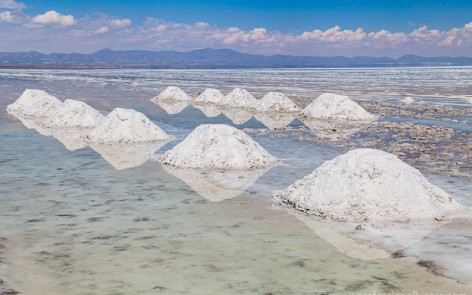
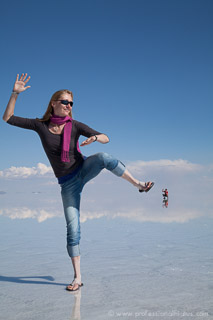
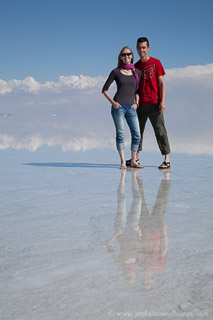
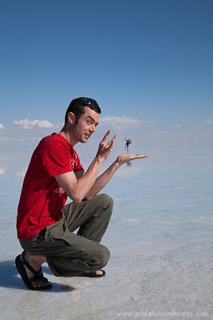
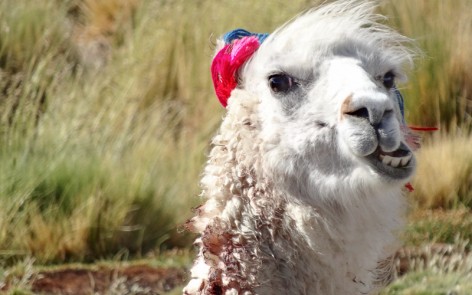
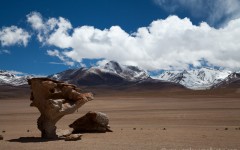
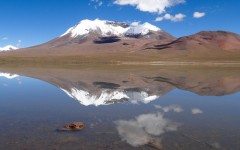
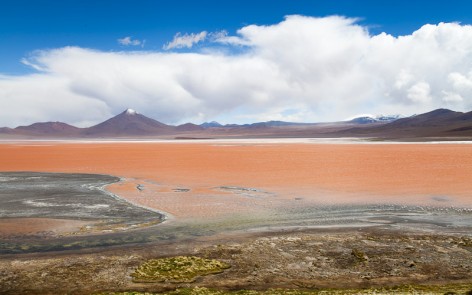
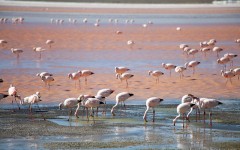
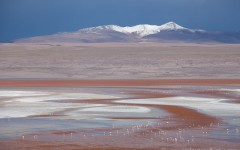
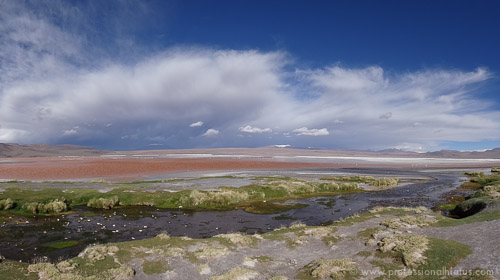
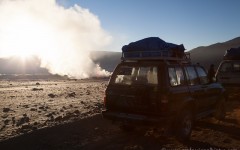
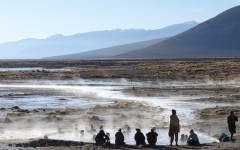
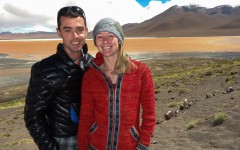
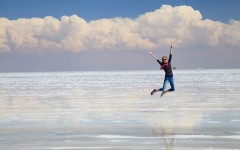
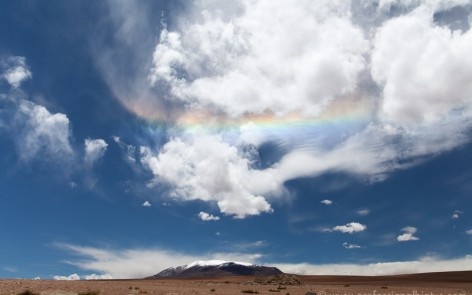
Laura I didn’t realize you were so athletic! Pretty cool hops you got in some of the pics! Great pictures and so neat! Still so jealous of you guys but so glad that I get to follow you around the world! Take care and continue to have soooo much fun!!!!!! love you guys!
LOL, thanks Shari. We love you too!!!
We love you too!!!
I feel like a broken record, but WOW! Also you guys get skinnier every post. Are you only eating flour and water?
Katie, the comments never feel old to us! Amazingly we eat quite a bit more than flour and water (not like my cookie dough days in school), but the constant walking and occasional treks that we take have definitely had an impact. We broke down and bought some jeans a few weeks back which I expect will never fit us again after we return home.
1. redonk
Slang form of the word ridiculous. Used to describes things one doesn’t like, or thinks unfair.
The meaning of redonk can also be flipped 180 and used opposite this description as sometimes occurs with the word bad, which can also mean cool. For extra emphasis, redonk can be shortened in extreme circumstances to donk.
“That zen/yoga picture of Laura floating is donk.”
Dan – LOL. Excellent use of Urban Dictionary.
Excellent use of Urban Dictionary.